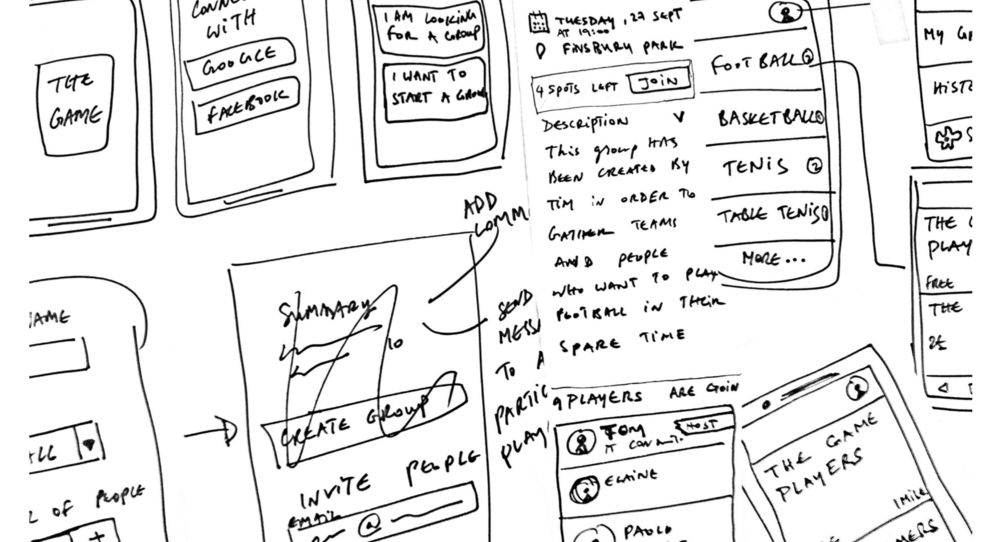Parallel Prototyping
Parallel Prototyping is a method of simultaneously exploring multiple design ideas before selecting one approach. It can help a team from fixating on a design too early; improve the nature if the design critiques, and lead to more effective design result.
Parallel Prototyping Read More »

